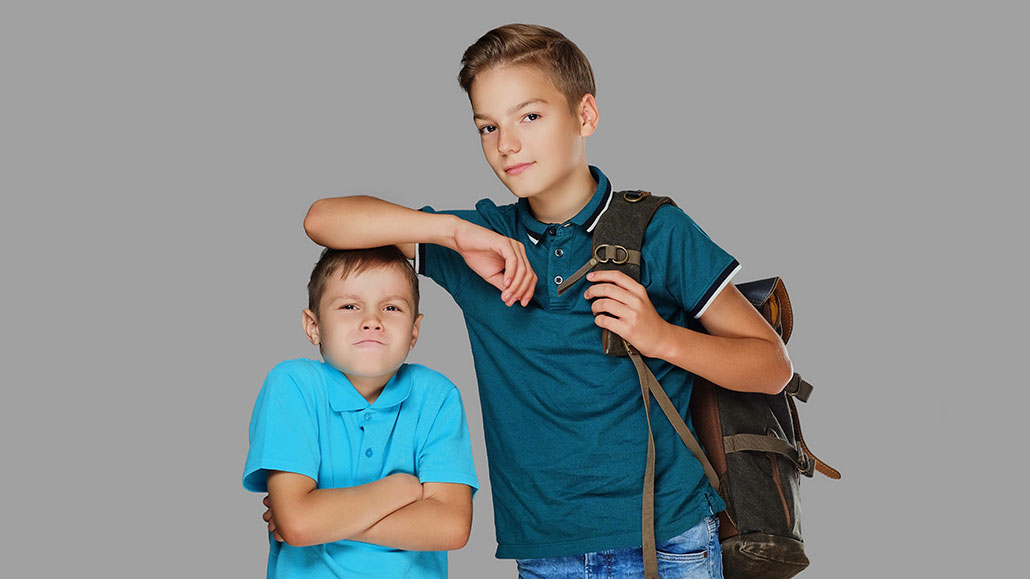Scientists Say: Puberty
This is transition from childhood to adulthood in humans and other primates

During puberty, people grow very quickly and reach their final adult height.
FXQuadro/iStock/Getty Images Plus
Come explore with us!
This is transition from childhood to adulthood in humans and other primates

During puberty, people grow very quickly and reach their final adult height.
FXQuadro/iStock/Getty Images Plus
This is the transition between childhood and adulthood. Humans and other primates, such as chimpanzees, go through puberty as they develop and grow. At the end of puberty, they’ll be at adulthood — the stage where an organism is mentally and physically mature. But of course, we all have to get there first.
During puberty, the body experiences a surge in hormones. These chemicals enter the blood stream and cause changes in the body. For example, some hormones make a person grow very quickly. By the end of puberty, most people reach their final adult height. Puberty is also when a person grows secondary sex characteristics. These are traits such as breasts, facial hair and pubic hair. A person’s voice will also change. Reproductive organs develop during puberty. And a person becomes fertile — able to reproduce.
People born with female anatomy and hormones usually begin puberty between age eight and 14. Those born with male anatomy and hormones start a little later — between nine and 15.
Different body parts will also develop at different rates. For example, a person might reach their full adult height by the time they are 12. But someone might not develop breasts or facial hair until 16, or even later. And brains really lag behind. Most people’s brains begin to mature during puberty. But they don’t stop maturing until age 25.
Brain changes mean that many people have changes in their behavior. Someone undergoing puberty may feel emotions in new ways. They might also act on their emotions differently than when they were children.
The changes in a person’s body during puberty don’t determine who they are. Sometimes, a person’s gender identity — their sense of whether they are a boy, a girl, both or neither — doesn’t match up with the body parts they were born with. Someone’s anatomy also doesn’t determine who they might have a crush on or fall in love with.
Unfortunately, puberty hormones also produce zits. Sorry.